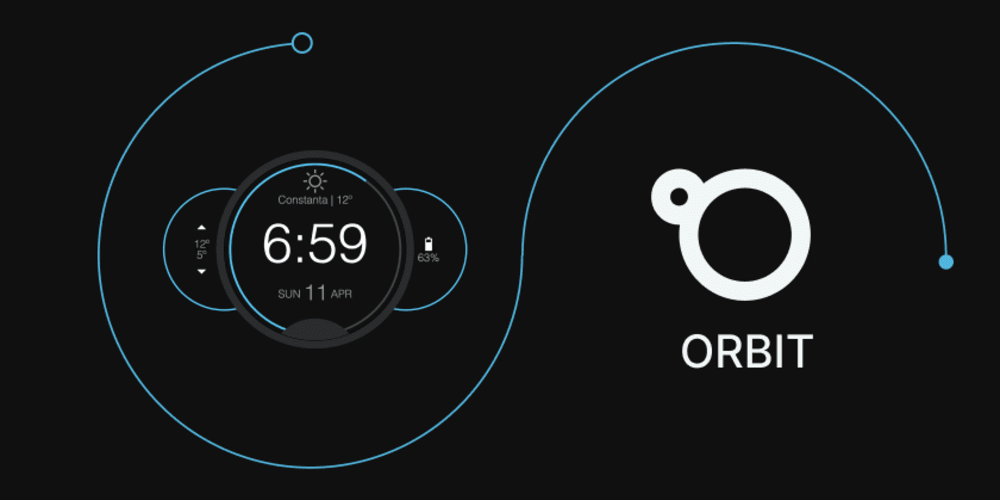A Deep Dive into Privacy-Centric Cryptocurrency
In the realm of cryptocurrency, Monero (XMR) stands out as a pioneer in privacy-focused digital transactions. Unlike many cryptocurrencies that prioritize transparency, Monero’s fundamental design is rooted in anonymity and untraceability, making it a preferred choice for users who value confidentiality. This article delves into the core aspects of Monero, exploring its blockchain technology, transaction mechanisms, and the privacy-enhancing features that distinguish it from other digital currencies.
Blockchain: The Backbone of Monero
At the heart of Monero lies its blockchain — a decentralized digital ledger that records transactions across a network of computers. Each transaction is stored in a “block,” which is linked to subsequent blocks, forming a continuous chain. This structure ensures the integrity and security of the data, with each block containing a timestamp and a cryptographic reference to the previous block.
Monero operates autonomously, without the need for a central authority, thanks to its use of the Proof of Work (PoW) consensus mechanism. Specifically, Monero employs the RandomX algorithm, designed to resist the dominance of specialized mining hardware like Application-Specific Integrated Circuits (ASICs). This approach ensures that Monero mining remains accessible to a broader audience, fostering greater decentralization.
Outputs: The Building Blocks of Transactions
To understand Monero transactions, it’s essential to grasp the concept of outputs, which can be likened to sealed jars filled with coins. When you receive Monero, the amount arrives in its own “jar” or output. Spending these coins involves selecting one or more jars, depending on the transaction amount, and then creating new outputs with any remaining change.
Each output in Monero is securely encapsulated by a cryptographic commitment, preventing tampering and ensuring that transaction details, such as the recipient’s address and the transferred amount, remain immutable. To spend an output, Monero uses a special cryptographic proof called a key image, which is derived from the recipient’s private keys. This key image is unique to each transaction and helps prevent double-spending while preserving user anonymity.
Ring Signatures: Ensuring Untraceability
One of Monero’s most innovative features is its use of ring signatures to obscure the origins of transactions. A ring signature allows a transaction to be signed by any member of a predefined group, without revealing which member actually signed it. This is achieved by mixing the sender’s cryptographic signature with decoy signatures from other users, creating a “ring” of possible signers.
The size of this ring, which refers to the number of decoy signatures, plays a critical role in enhancing privacy. A larger ring size increases the ambiguity, making it significantly more challenging to trace the transaction back to its source. By obscuring the true signer among a group of potential signers, Monero ensures that transactions remain private and untraceable, a feature that sets it apart from more transparent cryptocurrencies like Bitcoin.
Decoy Selection Algorithm: Crafting Effective Rings
Monero’s decoy selection algorithm is crucial for building the ring in ring signatures. The current ring size is 16, meaning the algorithm must select 15 decoy outputs from the blockchain to blend with the real output being spent. Over the years, Monero has refined its decoy selection methods to enhance privacy.
Initially, outputs were selected randomly, but this approach led to predictable patterns, compromising privacy. The system then evolved to prioritize more recent outputs, addressing some of these issues. Today, Monero uses a sophisticated “matching distribution” model, which closely mirrors empirically observed spending patterns, further complicating attempts to trace transactions.



















